Indiana Bones: The archaeologist dogs discovering ancient remains
Cat Warren meets the cadaver canines who are trained to detect human bodies, some of which are thousands of years old
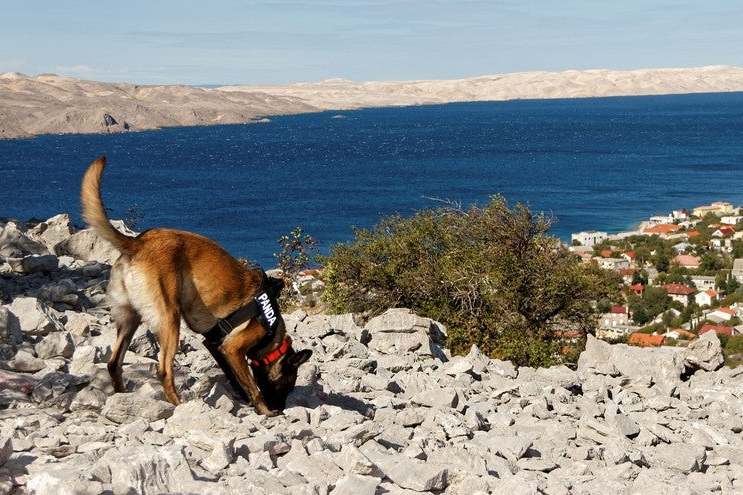
Your support helps us to tell the story
From reproductive rights to climate change to Big Tech, The Independent is on the ground when the story is developing. Whether it's investigating the financials of Elon Musk's pro-Trump PAC or producing our latest documentary, 'The A Word', which shines a light on the American women fighting for reproductive rights, we know how important it is to parse out the facts from the messaging.
At such a critical moment in US history, we need reporters on the ground. Your donation allows us to keep sending journalists to speak to both sides of the story.
The Independent is trusted by Americans across the entire political spectrum. And unlike many other quality news outlets, we choose not to lock Americans out of our reporting and analysis with paywalls. We believe quality journalism should be available to everyone, paid for by those who can afford it.
Your support makes all the difference.On a sunny summer day in Croatia several years ago, an archaeologist and two dog handlers watched as two dogs, one after another, slowly worked their way across the rocky top of a wind-scoured ridge overlooking the Adriatic Sea.
Bodies had lain in beehive-shaped tombs on this necropolis, part of the prehistoric hill fort of Drvisica, since the Iron Age. The two dogs, trained to detect human remains, were searching for scents that were thousands of years old.
Panda, a Belgian Malinois with a “sensitive nose”, according to her handler, Andrea Pintar, had begun exploring the circular leftovers of a tomb when she suddenly froze, her nose pointed towards a stone burial chest. This was her signal that she had located the scent of human remains.
Pintar says the hair on her arms rose. “I was sceptical, and I was like, ‘She is kidding me’,” she recalls thinking about her dog that day.
Archaeologists had found fragments of human bone and teeth in the chest, but these had been removed months earlier for analysis and radiocarbon dating. All that was left was a bit of dirt, the stone slabs of the tomb and the cracked limestone of the ridge.
Human remains detection dogs, or cadaver dogs, are used worldwide on land and water. Well-trained dogs help find the missing and dead in disasters, accidents, murders and suicides. But the experiment in Croatia marked the start of one of the most careful inquiries yet carried out of an unusual archaeological method. If such dogs could successfully locate the burial sites of mass executions, dating from the Second World War through the conflicts in the Balkans in the 1990s, might they be effective in helping archaeologists find truly ancient burials?
Panda wasn’t kidding. Neither was Mali, the other Belgian Malinois trained by Pintar and her husband, Christian Nikolic. Each dog gave her final indications that day by either sitting or lying inside the flattened circle of the tombs, their noses pointing toward the burial chests within. In some cases they leapt into the small burial chests before offering an alert.
The dogs’ archaeological expedition had been initiated by Vedrana Glavas, an archaeologist at Croatia’s University of Zadar. She already knew a great deal about the necropolis at Drvisica, having fully excavated and analysed the contents of three tombs there. Inside each were rough limestone burial chests. She and her team recovered amber beads, belt buckles, bronze pins, teeth and phalanges. Each chest once held at least two bodies, which radiocarbon dating confirmed were 2,700 years old. The skeletal material was highly fragmented, however, and is still being analysed.
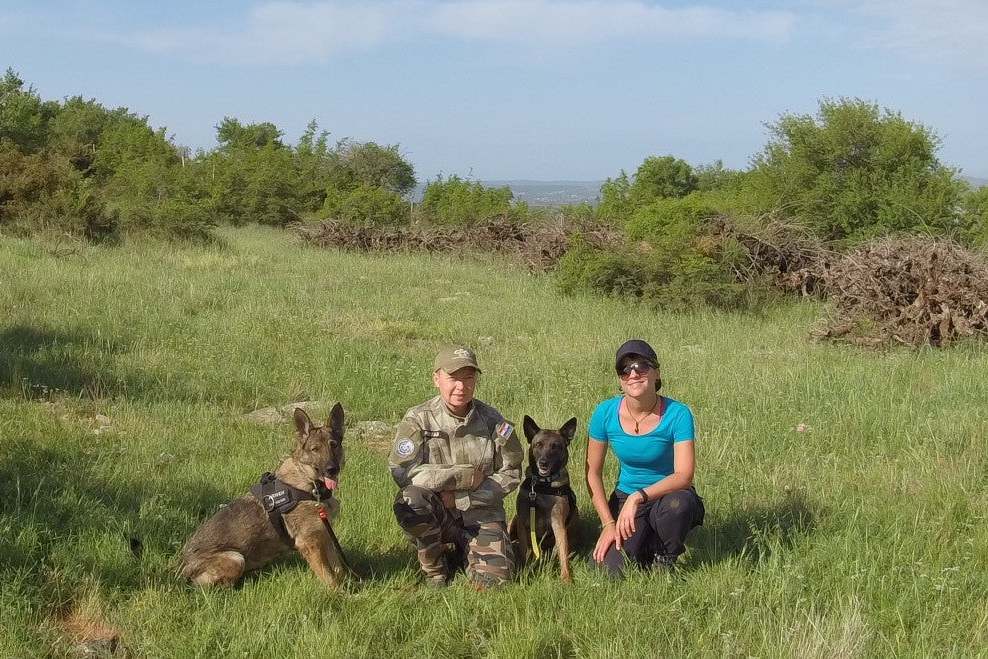
But were there other tombs on the site, and could the dogs help locate them?
After that first preliminary search and its surprising result, Glavas had beers at a local pub with the dogs’ handlers. They decided to hold off any discussion for a few weeks.
“We needed to think a little bit about what just happened,” Glavas says.
That “test run” was the beginning of a careful study on whether human remains detection dogs could be an asset to archaeologists. Setting up a controlled study was difficult. Glavas had to learn the scientific literature, such as scent theory, far outside the standard confines of archaeology; the same was true for Pintar and the field of archaeology.
Nonetheless, the archaeologists dug. And dug. They went down nearly three feet – and there they found a human toe bone more than 1,300 years old
The training challenges were also difficult. Ancient human remains probably present a different and fainter scent profile than more recently deceased cadavers, especially as decades turn into centuries and then millenniums. False negatives seemed likely to occur.
“I think dogs are really capable of this, but I think it’s a logistical challenge,” says Adee Schoon, a scent-detection-animal expert from the Netherlands who was not involved in the study. “It’s not something you can replicate again and again. It’s hard to train.”
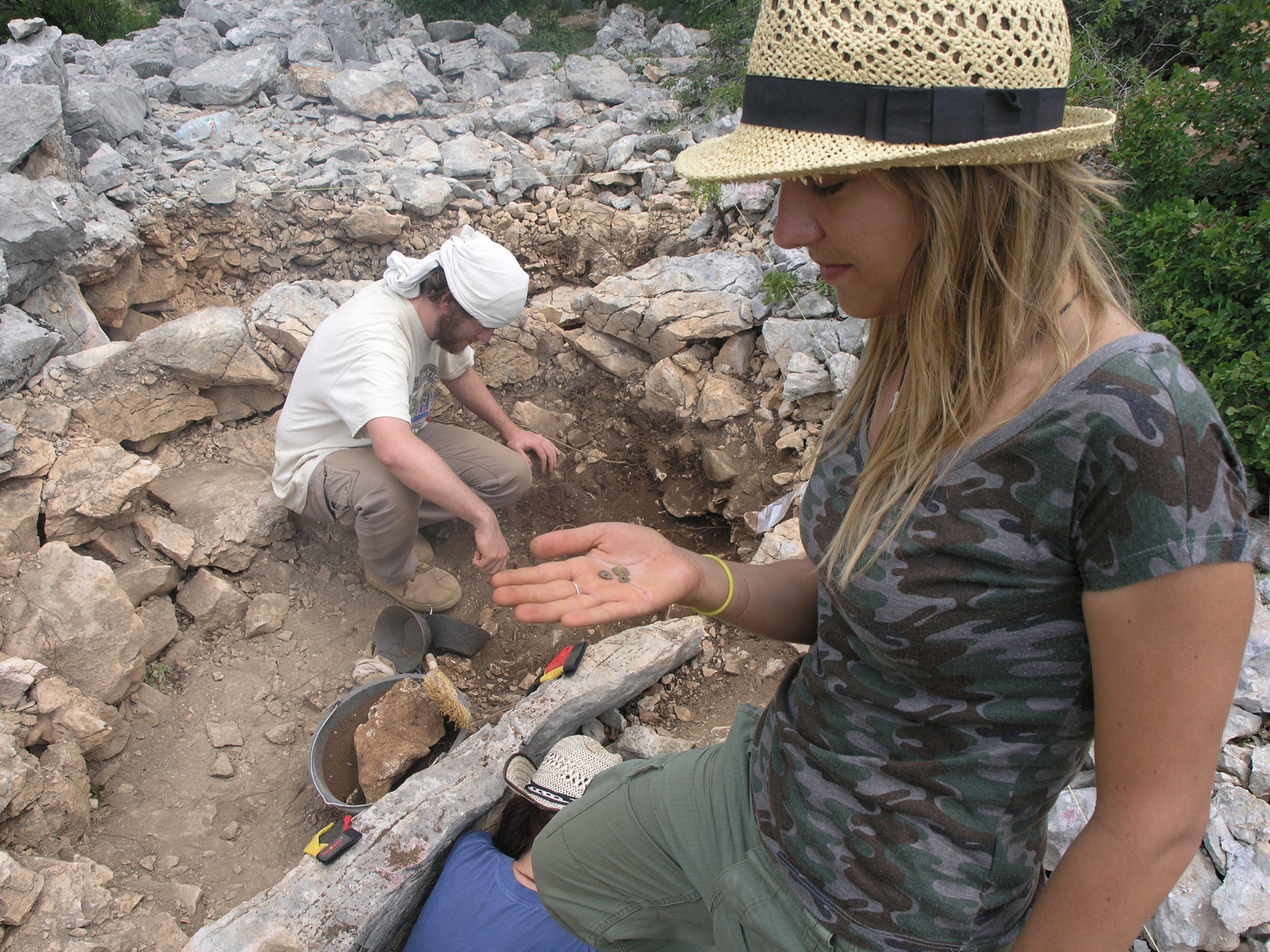
And, as Schoon notes, dogs are “great anomaly detectors”. Something as subtle as recently disturbed soil can elicit a false alert from a dog that is not rigorously trained.
Nonetheless, the team returned to the necropolis for the first controlled tests in September 2015, and again a full year later. Both times, they used all four of Pintar and Nikolic’s cadaver dogs: Panda, Mali, a third Belgian Malinois and a German shepherd. They worked them on both known and double-blind searches, in areas where nobody knew if tombs were located.
The dogs located four tombs new to the archaeologists. Glavas had suspected that a fifth site might hold a burial chest, and the dogs’ alerts, combined with excavation, proved her suspicion correct.
In September 2019, the Journal of Archaeological Method and Theory published the results of their study: “This research has demonstrated that HRD dogs are able to detect very small amounts of specific human decomposition odour as well as to indicate to considerably older burials than previously assumed,” Glavas and Pintar wrote.
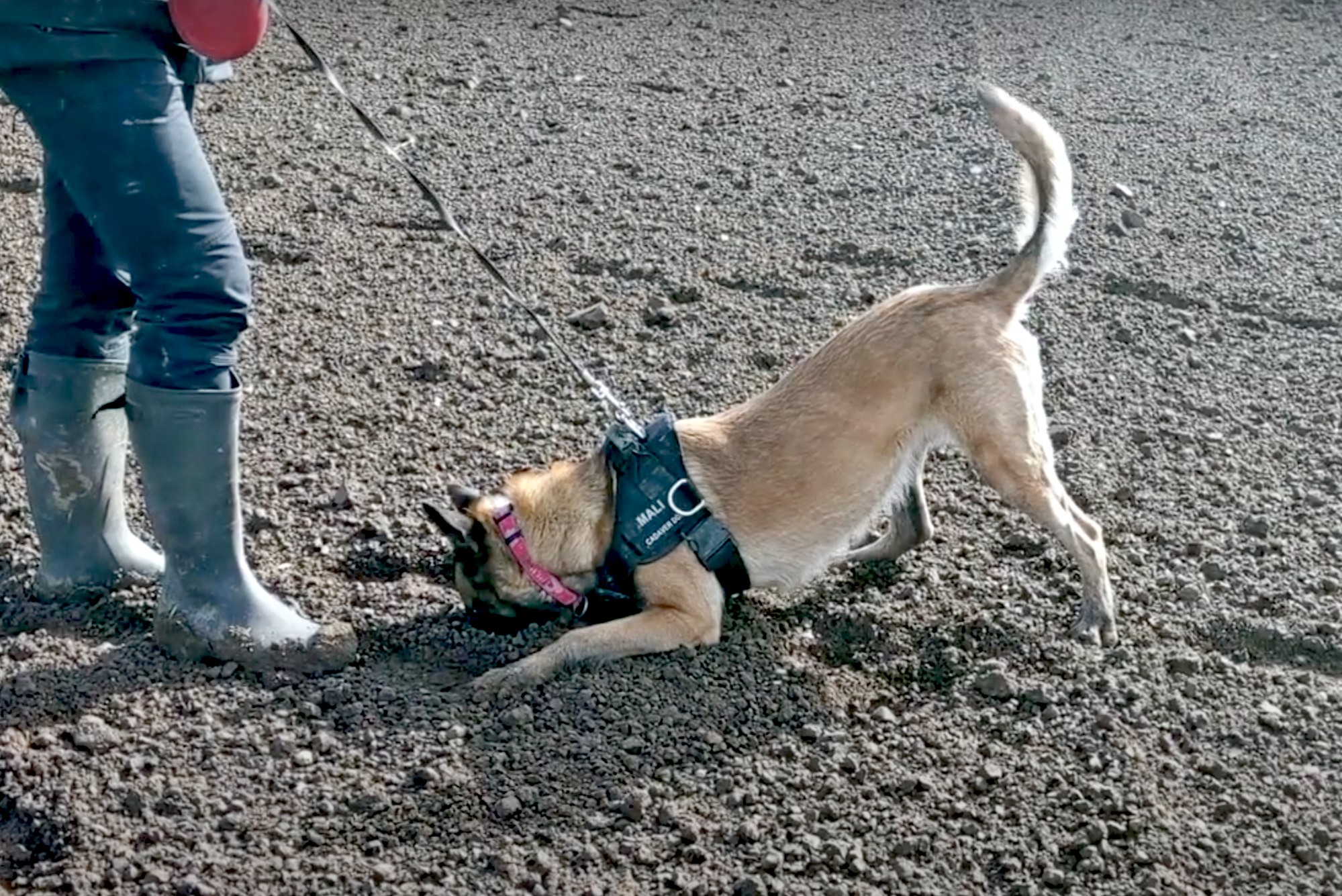
Schoon, who researches and helps create protocols to train scent-detection animals worldwide, says the Iron Age necropolis study was nicely designed and “really controlled”.
Panda and Mali aren’t the only dogs in the world that have helped locate human archaeological remains. In the United States, human remains detection dogs have aided discoveries at a variety of Native American sites, some badly damaged by looters and earlier generations of archaeologists with less ethical approaches to excavation, as well as by development and agriculture.
Paul Martin, a dog handler and trainer in Tennessee who is finishing his doctorate in earth sciences and geoarchaeology at the University of Memphis, has studied using dogs to find older remains for nearly two decades, demonstrating their capabilities at some of the large earthen mounds across the eastern United States that were once surrounded by flourishing Native American cities and villages.
His curiosity was piqued in 2002. Martin and his trained search dog were helping look for a murder victim in a Mississippi county where an informant said the victim was buried on “an old Indian mound”. The dog started showing intense interest at the mound, and Martin suspected that it wasn’t the more recent murder that held the dog’s attention.
He spoke with John Sullivan, then a state archaeologist at Winterville Mounds near Greenville, Mississippi. Sullivan was curious, too: “Paul asked me if dogs would pick up old stuff and I said, ‘Only one way to find out’.”
Goodhope has continued working with park service archaeologists on lost slave cemeteries, Civil War sites and other early Native American sites
Martin started inviting experienced cadaver dogs and handlers to train on and near intact mounds. For years, they recorded dogs’ alerts on mounds in two areas of Mississippi, and even in fields nearby, where earlier mounds were probably flattened.
But getting funding and permission to do excavations is difficult. The alerts remained unconfirmed. Nonetheless, nature sometimes kicks out some free clues. That’s what happened on Mound H in Winterville, Mississippi, in 2006.
Rodents provided “ground-truthing”, or confirming evidence, free of charge by digging new burrows and displacing what had been hidden for centuries. Just downhill from where a number of human remains detection dogs had alerted during earlier training, “we actually saw a trail of bone coming down the side of the mound,” Martin says.
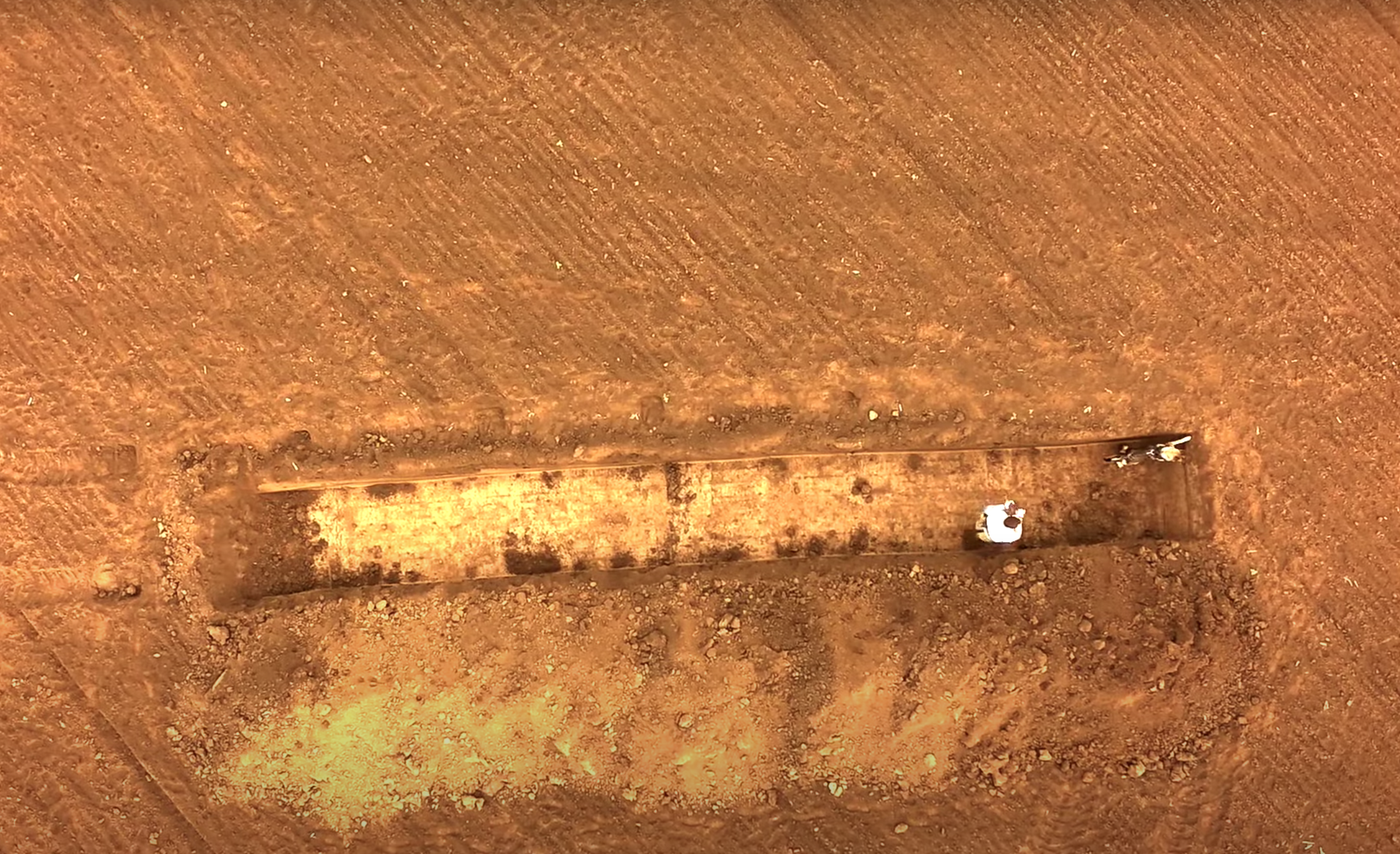
A forensic anthropologist confirmed the bones were human, including a child’s scapula. Sullivan believes they come from the last burials at the site, and date to around 1450AD.
Cadaver dogs are also helping archaeologists at some especially challenging sites. Mike Russo and Jeff Shanks, archaeologists with the National Park Service’s Southeast Archeological Center, had created at least 14 test holes near a promising site in northwest Florida that had been flattened during an earlier era of less diligent archaeology. They found nothing.
“We knew where it should be, but when we went there, there was absolutely no mound,” Russo says.
They then asked Suzi Goodhope, a longtime cadaver-dog handler in Florida, to bring her experienced detection dog, Shiraz, a Belgian Malinois, to the site in 2013. Shiraz and Goodhope worked the flat, brushy area for a long time. Then, Shiraz sat. Once.
“I was pretty sceptical,” Shanks says. Nonetheless, the archaeologists dug. And dug. They went down nearly three feet – and there they found a human toe bone more than 1,300 years old
What is the future of using human-remains detection dogs as a noninvasive tool in archaeology?
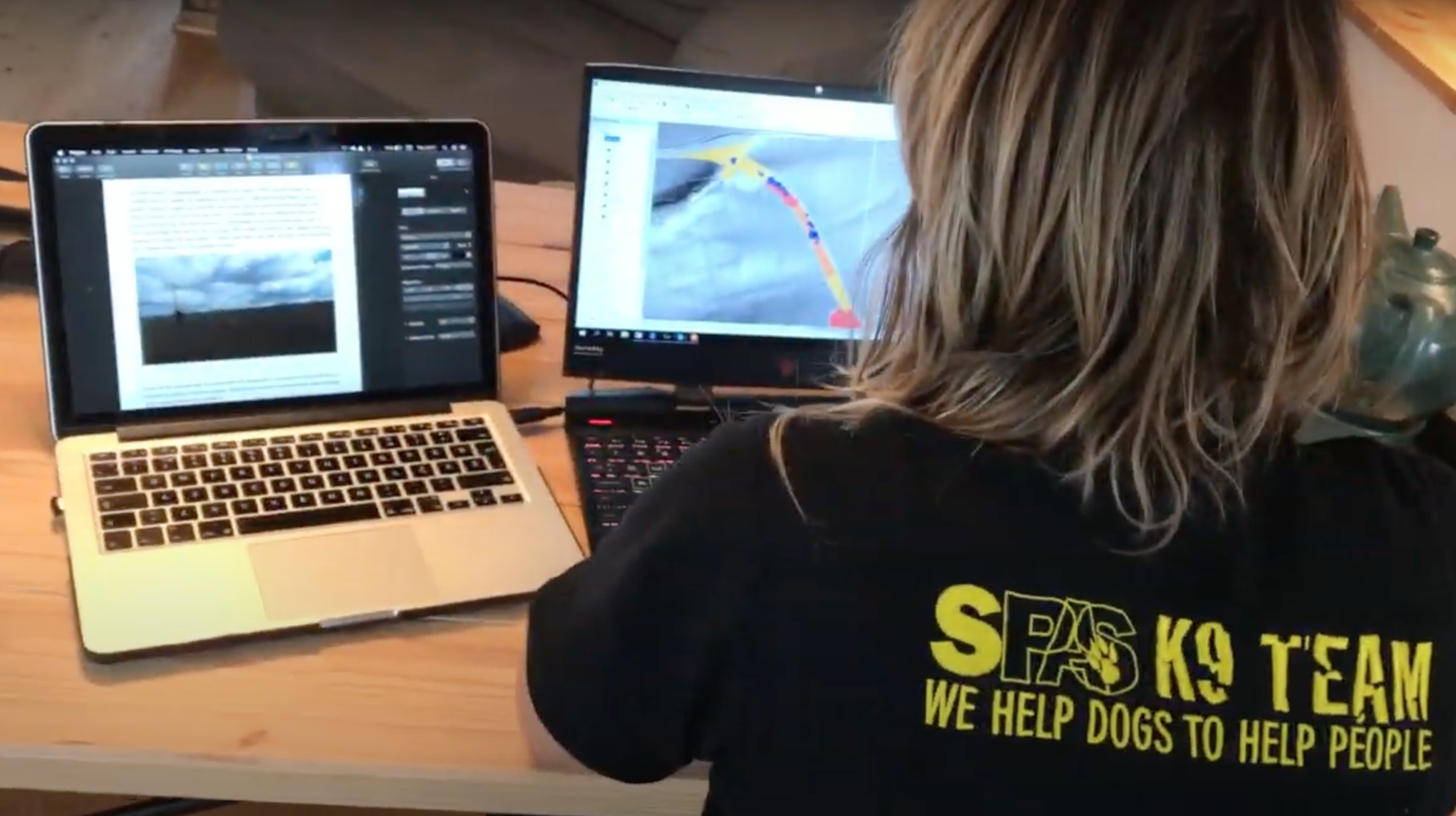
Some archaeologists, forensic anthropologists, geologists, scientists – and even HRD dog handlers who know how challenging the work is – say they have great potential. But challenges abound.
Although researchers are learning ever more about the canine olfactory system, they are still trying to pinpoint what volatile organic compounds in human remains are significant to trained dogs.
Perhaps the mountain itself – used as the base of each burial chest – held on to the scent for thousands of years
It’s also unclear what concentration of human remains a trained dog can detect, and which aspects of a given environment help retain the scent.
Pintar and Glavas speculate that at the site in Croatia used in their study, the porous and cracked limestone on the ridge might play a role in the longevity of the scent there. Perhaps the mountain itself – used as the base of each burial chest – held on to the scent for thousands of years. But more research will need to be completed to confirm these findings.
Detection dogs also must be trained for archaeology with more consistency. Often humans are the limiting factor. Sometimes, Schoon says, she can almost see a dog thinking, “Is that all you want me to do? I can do much more!”
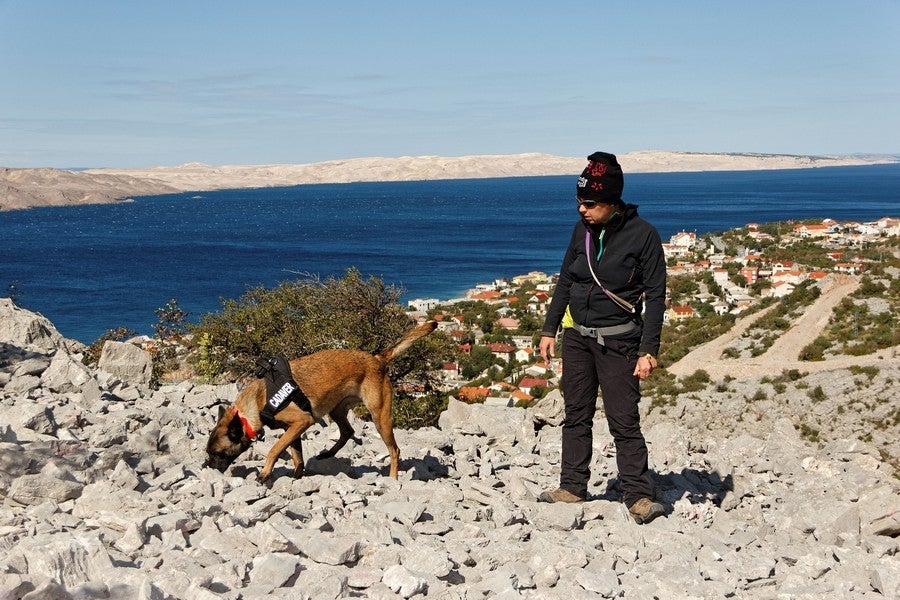
And dogs are only a complement to more standard archaeological tools, Martin notes. The best results come when good human remains detection dog teams are combined with ground-penetrating radar, geophysical surveys and historical information, and – when feasible or desirable – confirmed with soil tests or excavation.
But more archaeologists around the world are taking note of detection dogs’ potential. Goodhope has continued working with park service archaeologists on lost slave cemeteries, Civil War sites and other early Native American sites. And Sullivan, now with the federal Bureau of Land Management, continues to work with dogs and handlers to locate, and avoid the destruction of, Native American sites.
Since Pintar and Glavas’ Croatia study was published last year, several European and Croatian archaeologists have asked them for help in identifying sites, too.
As for the Iron Age necropolis high on the rocky ridge at Drvisica? Glavas says she doesn’t intend to return to excavate there.
“Something has to be left for future archaeologists.”
© The New York Times
Join our commenting forum
Join thought-provoking conversations, follow other Independent readers and see their replies
Comments